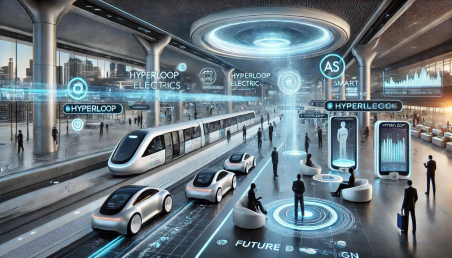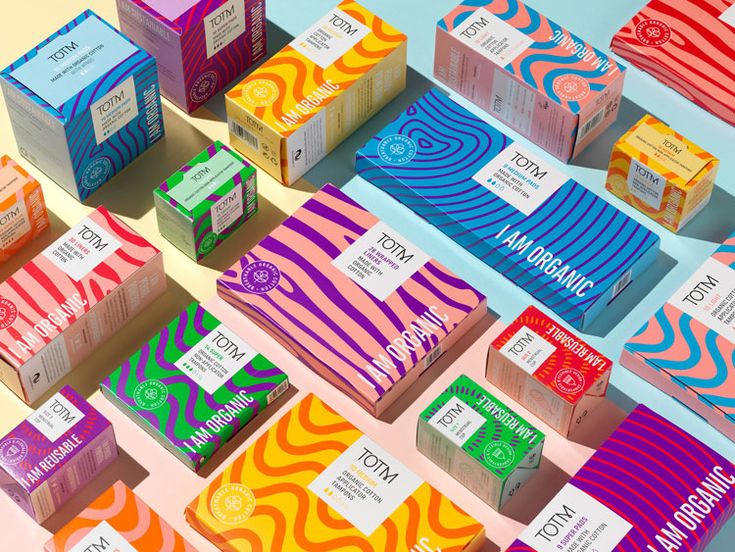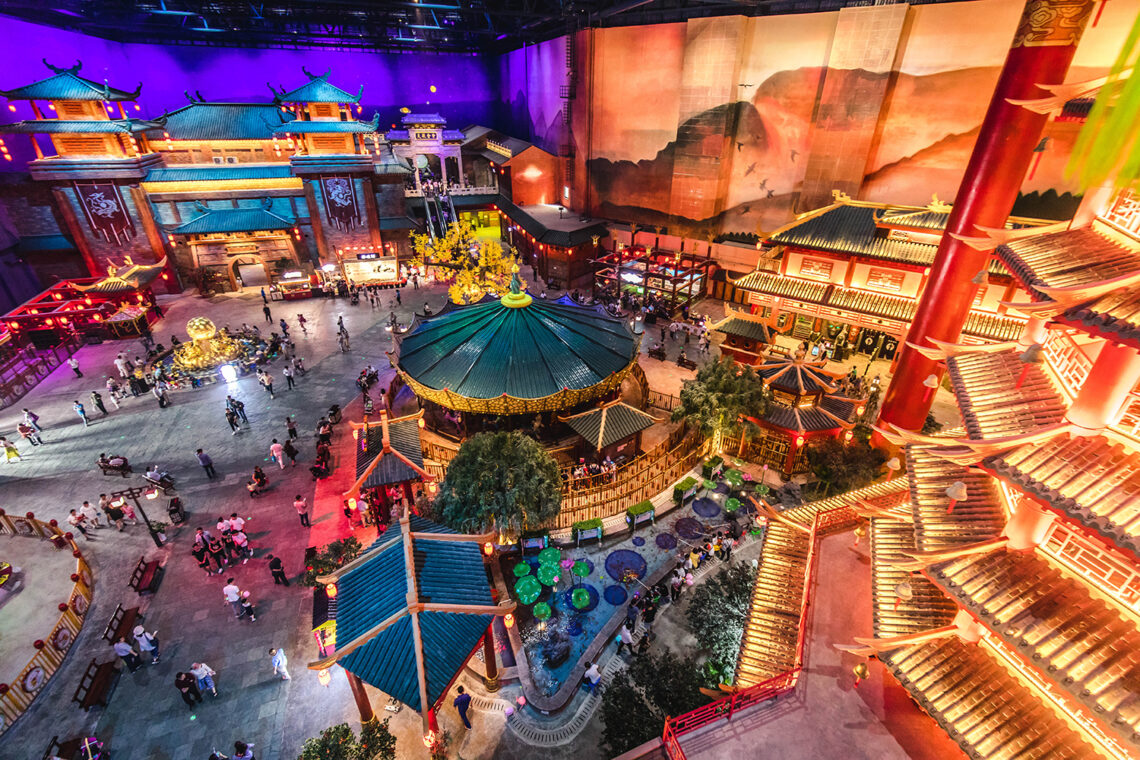Experiential design is evolving rapidly, driven by advancements in technology, changing consumer expectations, and a growing emphasis on immersive experiences. Businesses and brands are no longer just selling products or services—they are creating memorable experiences that engage people on a deeper emotional level.
1. Augmented Reality (AR) and Virtual Reality (VR) Integration
Immersive technologies like AR and VR are revolutionizing experiential design by blurring the boundaries between the digital and physical worlds. AR overlays digital elements onto real-world environments, while VR transports users to entirely new digital spaces.
In the future, AI will become more intuitive, predicting consumer needs before they even articulate them. This shift will make experiential design feel more organic and deeply connected to individual users.
2. The Rise of the Metaverse
The metaverse—a collective virtual space where people interact as digital avatars—is shaping the future of experiential design. From virtual concerts to immersive brand showrooms, companies are investing in creating unique, engaging experiences in the digital realm.
Brands like Nike, Gucci, and Samsung have already launched metaverse experiences, where users can explore digital stores, attend events, and interact with branded content. As the metaverse evolves, experiential design will play a crucial role in making these virtual spaces feel engaging, meaningful, and emotionally compelling.
3.Sustainable and Ethical Design
Sustainability is becoming a core pillar of experiential design. Consumers are increasingly conscious of their environmental footprint, and brands are responding by incorporating eco-friendly materials, energy-efficient technologies, and sustainable storytelling into their experiences.
For instance, pop-up events and exhibitions are using biodegradable materials and digital interactions to minimize waste. Retailers are designing stores with upcycled materials and energy efficient lighting. The shift toward sustainability in experiential design ensures that experiences are not only engaging but also responsible.
4. Experiential design is at the forefront of innovation, merging technology, storytelling, and sensory engagement to create unforgettable interactions. As AI-driven personalization, AR/VR, multi-sensory design, and the metaverse continue to evolve, brands must stay ahead of the curve to deliver meaningful experiences. By embracing these trends, businesses can craft experiences that not only captivate audiences but also shape the future of engagement.
The future of experiential design is immersive, personalized, and dynamic—are you ready to experience it?



